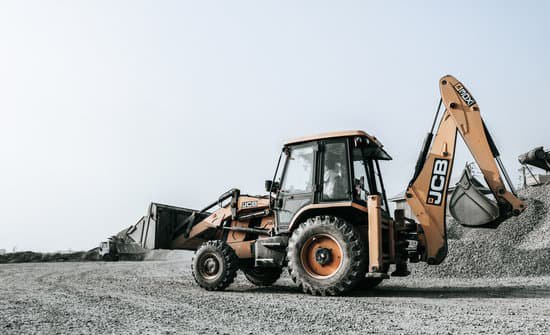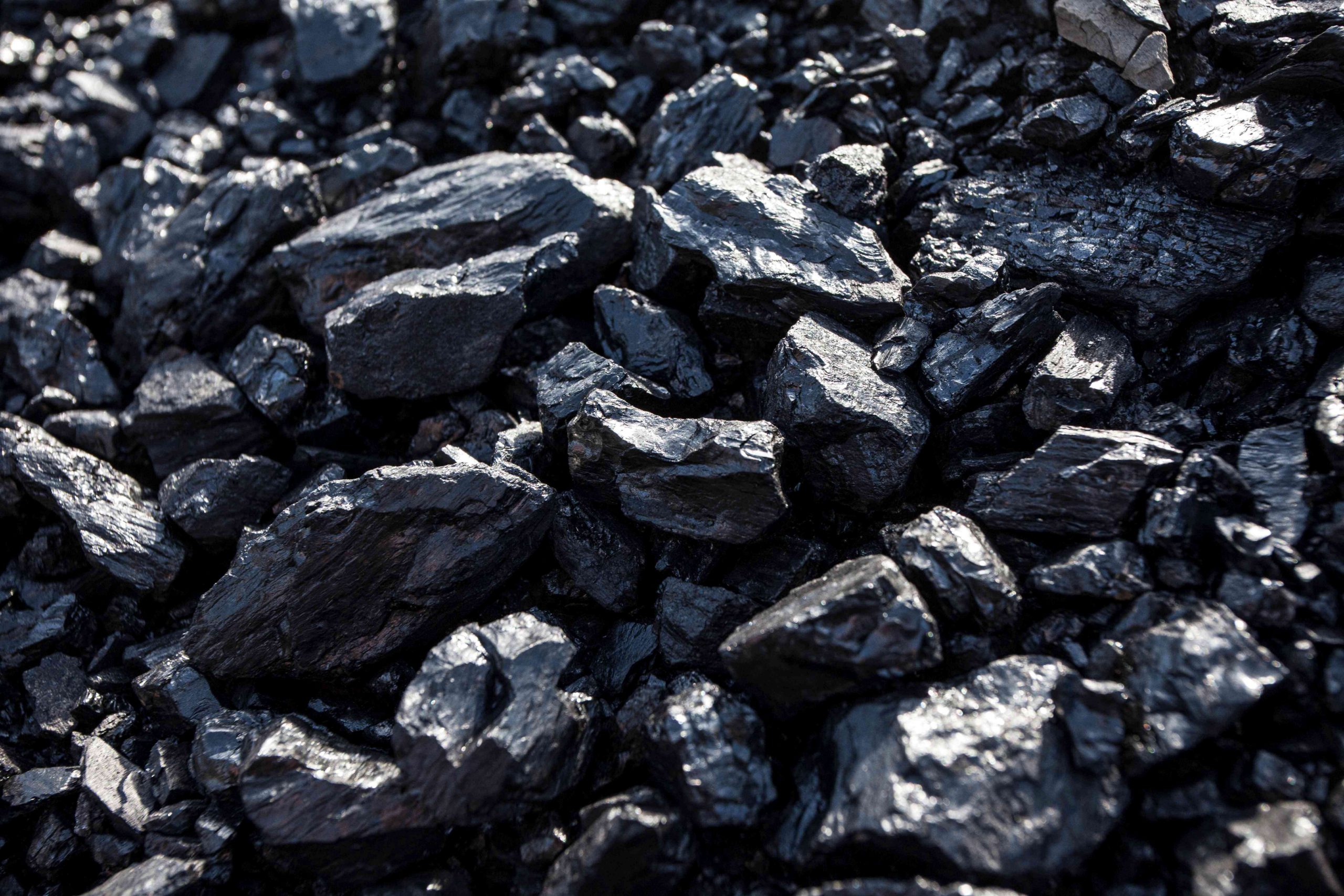

Inner Mongolia in North China, now the country’s second-largest coal mining region after Shanxi in North China too and with the most competitive power charges, mulls blocking any new industrial projects including steel, coke, ferroalloys, non-ultra-high electrode graphite and aluminium starting 2021, aiming to rein in on the region’s power consumption mainly by such industrial plants, according to a draft by its Development and Reform Committee.
The region was named and shamed by China’s National Development and Reform Commission (NDRC) in an investigation report on February 2 as the only one of the 30 regions and provinces under the review that has failed to hit the local power consumption and intensity control targets for 2019.
Many power-intensive industrial plants have favoured Inner Mongolia in the past decade or so for its much lower power charges, and the region itself has been opening arms to such plants as part of the efforts to develop its local economy, Mysteel Global understands.
To rectify the situation, Inner Mongolia commits itself in the draft to reducing the region’s energy consumption per GDP unit by 3% on year, and to capping the annual growth in energy consumption within the level equivalent to 5 million tonnes of 7,000 kcal/kg standard coal or the annual increase no higher than 1.9% on year, all for 2021, without specifying the actual energy consumption target for this year.
Besides, the autonomous region will not approve any new coal-related chemical projects anymore over the 14th Five-Year Plan period over 2021-2025, and all the existing crypto currency mining projects will be ceased by 2025 too, according to the government draft.
This has not been the first time for NDRC to warn Inner Mongolia of its inadequate efforts in power saving, as last September, NDRC noted that the autonomous region, with its GDP accounting for about 1.7% of the country’s total, consumed 5.2% of national power for the first half of 2020, which grew 6.3% on year and the energy intensity in the regional GDP gaining 10.6% on year too, in the contrast to declines in most of the other regions and provinces.
Other than banning new projects, Inner Mongolia will accelerate eliminating obsolete and excess capacities in such heavy industries too in the next few years, the draft stated, disclosing that by 2022, the top-filled coke ovens below six m in height, tamping coke ovens lower than 5.5 m and those coking plants with less than 1 million tonnes/year in capacity will be shut down by 2022.
As for the steel capacities, blast furnaces below 1,200 cu m, basic oxygen furnaces below 100 t and electric arc furnaces smaller than 100 t will all be removed by the end of 2023, it added.
For 2020, Inner Mongolia produced 31.2 million tonnes of crude steel and 42.2 million tonnes of coke, accounting for 3% and 9% of China’s total respectively, according to official data.
Over 2021-2023, Inner Mongolia will also speed up promoting energy saving technology in the existing steel, aluminium, ferroalloy, and construction materials plants to the national standards.
In the longer term, Inner Mongolia will also increase the ratio of renewable energy despite its rich coal resources, targeting to raise such energy to over 100 million kW by 2025 from the 52 million kW capacity including hydro, wind and solar power by 2020 or about 36% of the region’s total installed power generation capacity at 145.9 million kW, according to the official data from the regional government.
China’s pledge to reach carbon emission climax by 2030 and carbon neutrality by 2060 will heavily rely on all the local authorities to work on concrete plans and coal producing hubs like Inner Mongolia will be holding a greater responsibility, and the 14th Five-Year Plan period will be crucial for Beijing to set the right track towards the two goals, Mysteel Global understands.
Last year, China’s total energy consumption in terms of standard coal increased 2.2% on year to 4.98 billion tonnes, among which 56.8% was coal-fuelled, down further by 0.9 percentage point on year, while energy by natural gas, hydro, nuclear and wind power rose one percentage point on year to 24.3%, according to China’s official data.
Source: Sean Xie & Hongmei Li, mysteel.net
Follow on Twitter:
[tfws username=”MysteelGlobal” height=”700″ width=”350″ theme=”light” color=”#FAB81E” tweets=”2″ header=”yes” footer=”yes” borders=”yes” scrollbar=”yes” background=”yes”]













